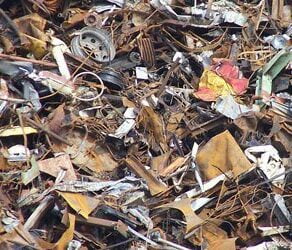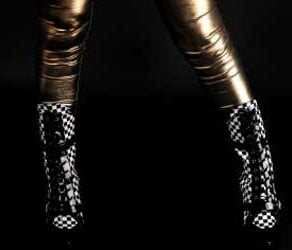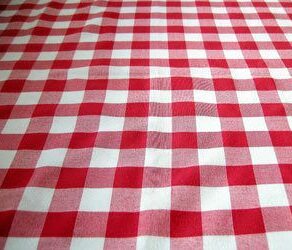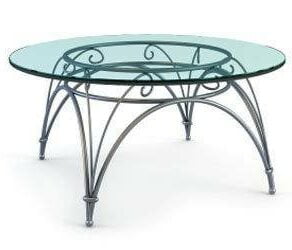Lisa asked: How do I clean a TV motherboard that appears to have something sticky on it? I’m not sure what was spilled on the TV (Samsung plasma), but it appears to have an orange color.
While regularly cleaning the motherboard to remove dust and dirt build up is important, removing spills and sticky substances can be a bit tricky. Follow these guidelines to safely clean the dust and dirt along with more serious gunk from the motherboard.
regularly cleaning the motherboard to remove dust and dirt build up is important, removing spills and sticky substances can be a bit tricky. Follow these guidelines to safely clean the dust and dirt along with more serious gunk from the motherboard.
You Will Need:
- Compressed air
- Vacuum with attachments
- Brush with very soft bristles
- Cotton swabs
- Rubbing alcohol
Steps to Clean the Motherboard:
- For general cleaning, remove the covering over the motherboard.
- Next, there are two options for removing the loose dirt and dust. The first is to blow it off with a can of compressed air. The second is to vacuum it out with a vacuum cleaner or dust buster. If you choose to use the vacuum, keep in mind that it could cause static to damage the computer, so it is important to hold the attachment several inches away from the small pieces and intricate workings on the motherboard to (hopefully) avoid any damage or removal of the small components. If cleaning computer components is something you do often, consider investing in a computer vacuum to remove the issue of the static.
- If the dust is caked on, remove the brush from the vaccuum and use it to gently brush over the area to loosen it.
- Follow this with either more compressed air or vacuum it away for removal.
- If there are sticky substances or dirt that cannot be removed, you will have to use a liquid cleaner with GREAT care. Adding liquid to a motherboard is never a good idea and great caution should be taken not to cause any damage.
- Moisten a cotton swab with rubbing alcohol and gently wipe away the sticky substance.
- The alcohol will help to remove the dirt and evaporate quickly to lessen the chances of electrical damage.
- Allow the motherboard to dry completely before reinstalling or powering the unit again.
- Replace the cover onto the device.
Additional Tips and Ideas
- Prior to using any liquid cleaners, ensure that all of the power has been turned off to the device. This is important for both your protection as well as to prevent damage to the motherboard.
- If you have any doubts about your ability to clean the motherboard, do not hesitate to contact a professional or the manufacturer for further instructions.
- Keep in mind that applying any liquids to the motherboard will likely void any warranty on the item.









Do not ever put a vacuum near any intricate circuitry, ever. The static electricity built up by the way they work is likely to discharge onto the circuits and blow components, which is more of a risk than them being sucked up.
“Disconnect power supply” should probably be contained within instruction number one, followed by discharge remaining charge and ground static charges.
Common sense.
Can you use rubbing alcohol for cleaning sea salt corrosion, or do u have a better cleaning product?
Nathan, using a vacuum near a circuit board these days usually does not present any problem. Most, if not all, CMOS (Complimentary Metal Oxide Silicon) is buffered on both the inputs and the outputs. We’d be interested to hear why using a vacuum cleaner near or on a motherboard would make a ha’peth of difference. The more important thing to remember is to not dislodge anything important and if you are using a soldering iron for anything,
a) Make sure it is earthed and
b) Do not get anything too hot.
Most chips are manufactured at a temperature of about 650 degrees Celsius.
I have been using a vacuum with a ground on the plug and a soft bristle brush for many years and have never had a problem. Make sure to discharge all power before even opening the case.
Good morning. Please, my laptop motherboard is off because water entered inside it. I need to clean it. Please help.
I used water for the cleaning and dried it in the sun, and it worked. Someone should tell me the cautions involved.
Musah- use 90+% iso alcohol. Tgere is a 50/50 chance it will power on as the biggest problem when spilling water is actually in the battery; water causes short circuts, which can fry a motherboard. Baba- same risk as I mentioned above: water can short a circut and cause lots of damage if the battery is not proporly disconnected.